
The Beauty of Deer Sketches
Deer sketches have always been a beloved subject for artists and nature enthusiasts alike. These sketches capture the grace and elegance of these magnificent creatures, bringing them to life on paper. Whether you are an aspiring artist or simply appreciate the beauty of wildlife, deer sketches offer a unique and captivating art form to explore.

The Art of Deer Sketching
Deer sketching requires a keen eye and attention to detail. Artists carefully study the anatomy and movement of deer to accurately depict their features on paper. Sketching allows for a sense of spontaneity and freedom, capturing the essence of these animals in a way that photography cannot.
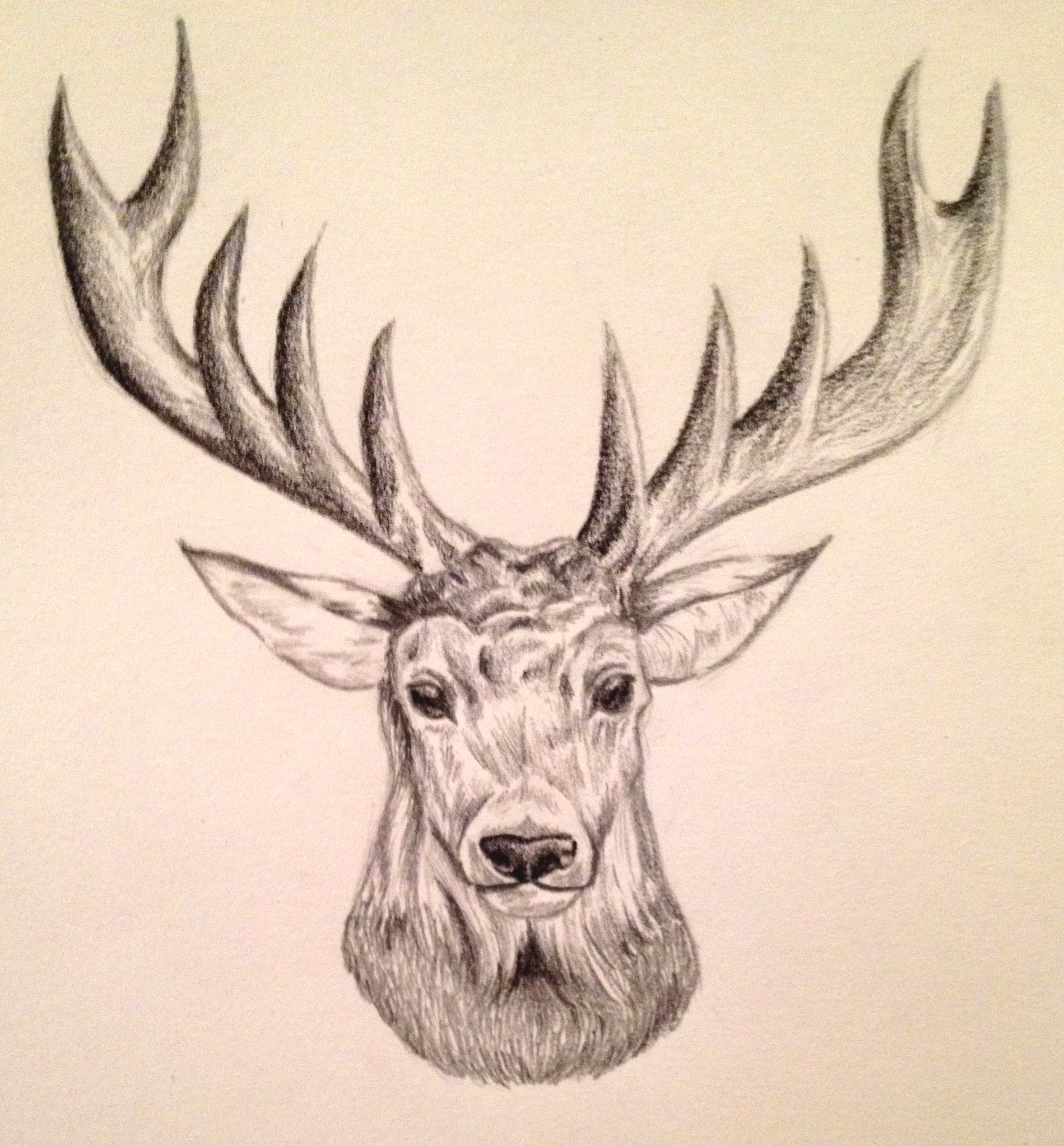
Materials for Deer Sketches
To create a stunning deer sketch, artists typically use pencil or charcoal. Pencils offer control and precision, while charcoal allows for a more expressive and dramatic effect. Additionally, artists may use blending stumps, erasers, and various shading techniques to add depth and texture to their sketches.
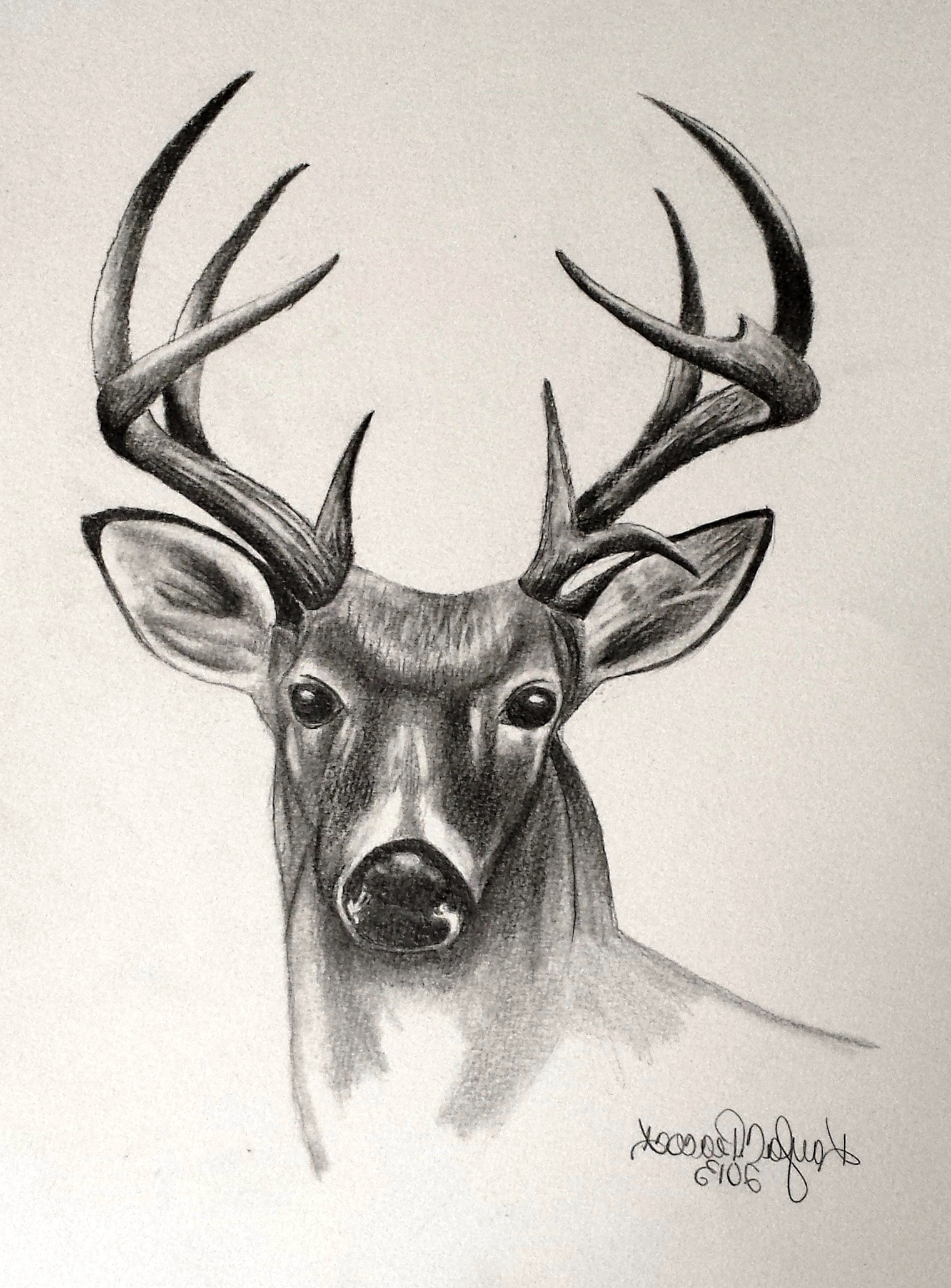
Techniques for Deer Sketching
There are various techniques artists employ when sketching deer. One popular method is contour drawing, which involves creating an outline of the deer's form and then gradually adding details. Another technique is gesture drawing, where quick and loose strokes capture the essence of the deer's movement and pose.
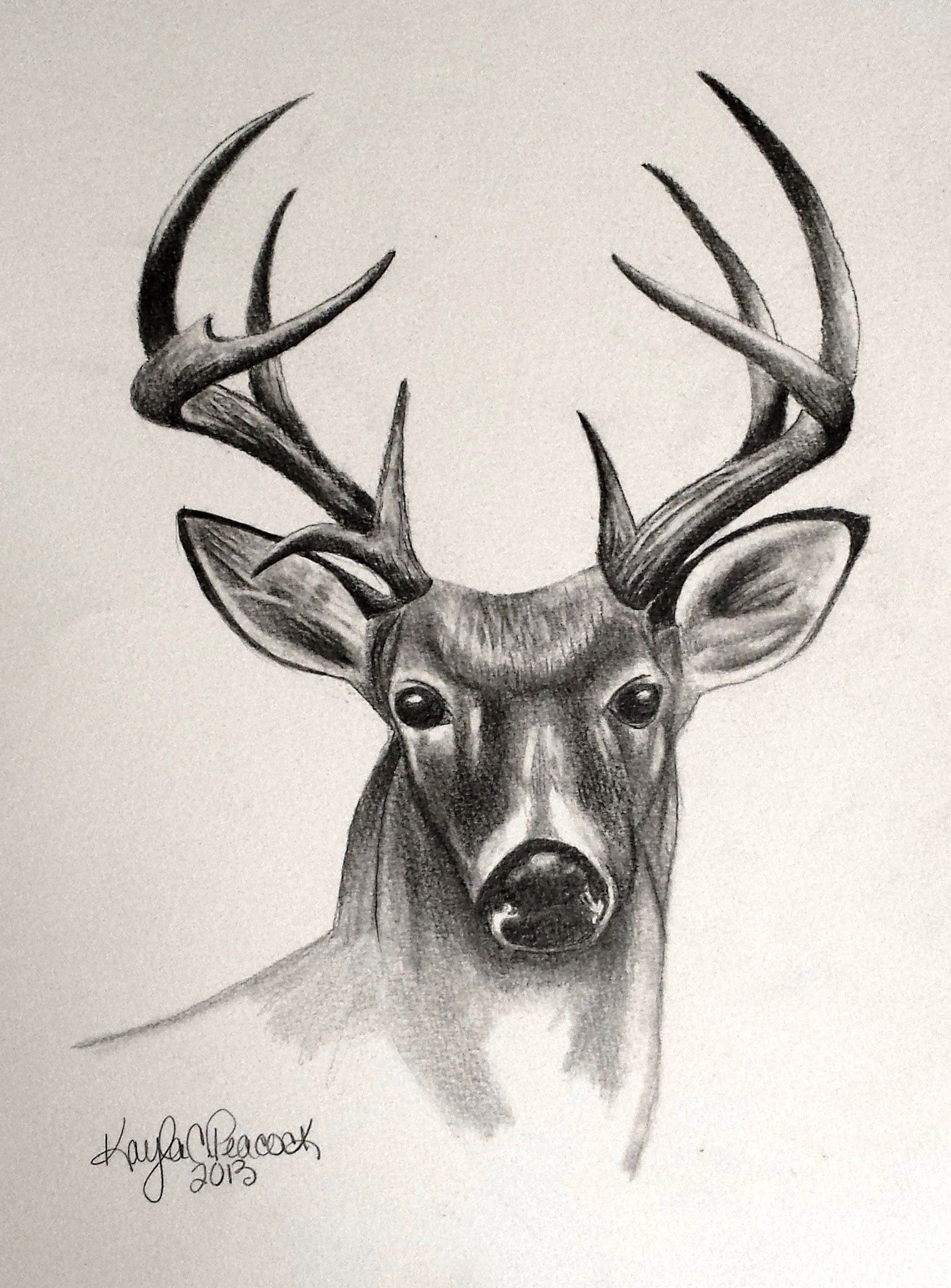
Choosing the Right Reference
When sketching a deer, having a good reference image is crucial. Artists may find inspiration from photographs, wildlife documentaries, or even observing deer in their natural habitat. It's important to select a reference that showcases the desired pose, lighting, and overall mood to effectively capture the essence of the deer.

Starting Your Deer Sketch
To begin your deer sketch, lightly sketch the basic shapes and proportions of the deer. Pay attention to the placement of the head, neck, body, and legs. Once you are satisfied with the overall structure, gradually add more details, such as the eyes, ears, antlers, and fur. Remember to take your time and observe the reference closely for accuracy.

Adding Depth and Texture
To bring your deer sketch to life, focus on adding depth and texture to your drawing. Use shading techniques to create areas of light and shadow, emphasizing the contours and form of the deer. Pay attention to the direction of the fur and add fine details, such as wrinkles or patterns, to enhance the realism of your sketch.
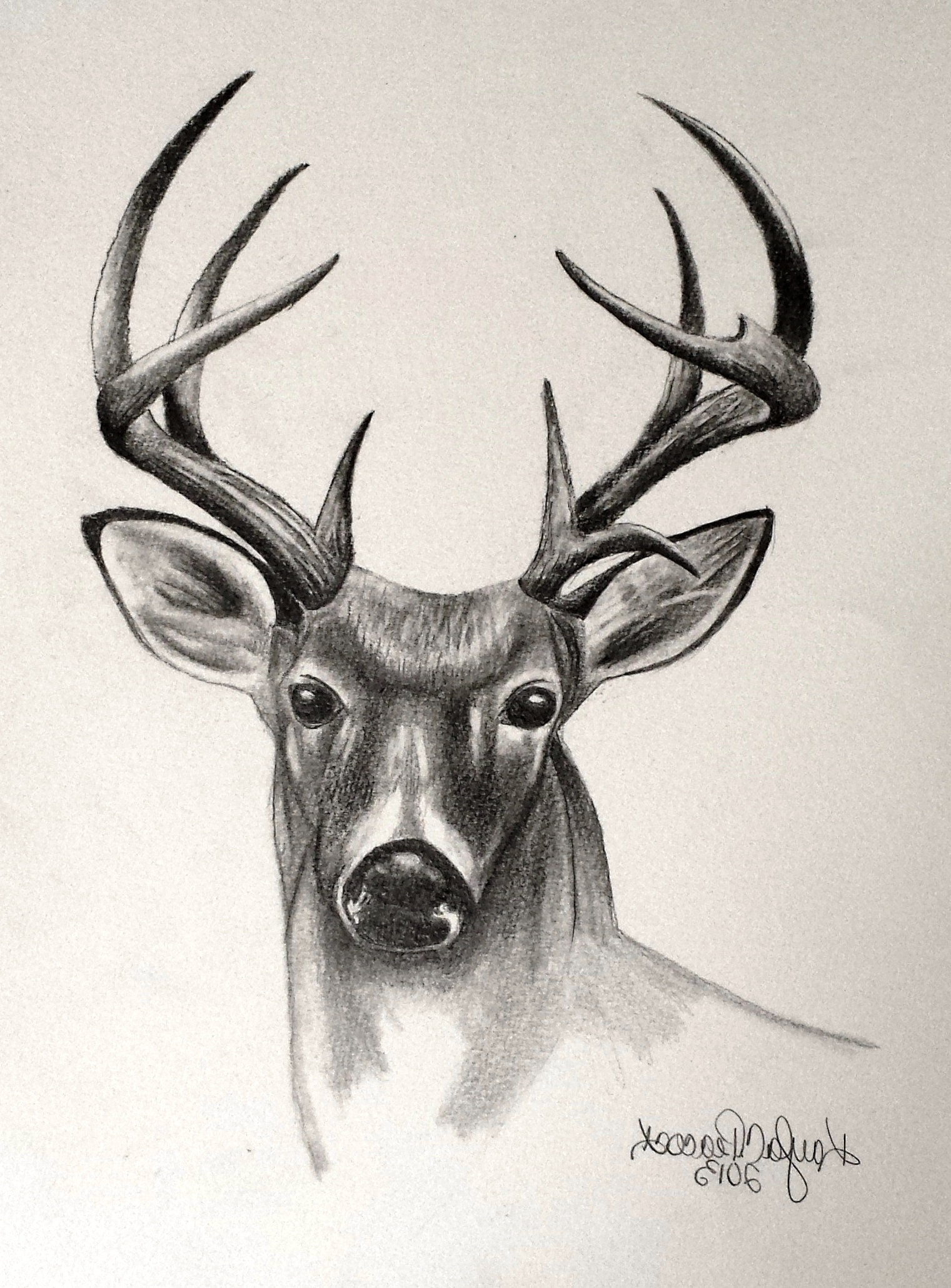
Exploring Different Styles
Deer sketches can be created in various styles, allowing artists to showcase their unique creativity. Some artists prefer a realistic approach, capturing every detail with precision. Others may opt for a more impressionistic style, using loose brushstrokes or expressive lines to convey the essence of the deer. Experiment with different styles to find your own artistic voice.

Appreciating the Majesty of Deer
Deer sketches not only showcase the talent of artists but also serve as a reminder of the majesty and beauty of these creatures. Deer have long been associated with grace, agility, and gentleness, making them a symbol of nature's wonders. Sketching deer allows us to appreciate their significance and connect with the natural world.
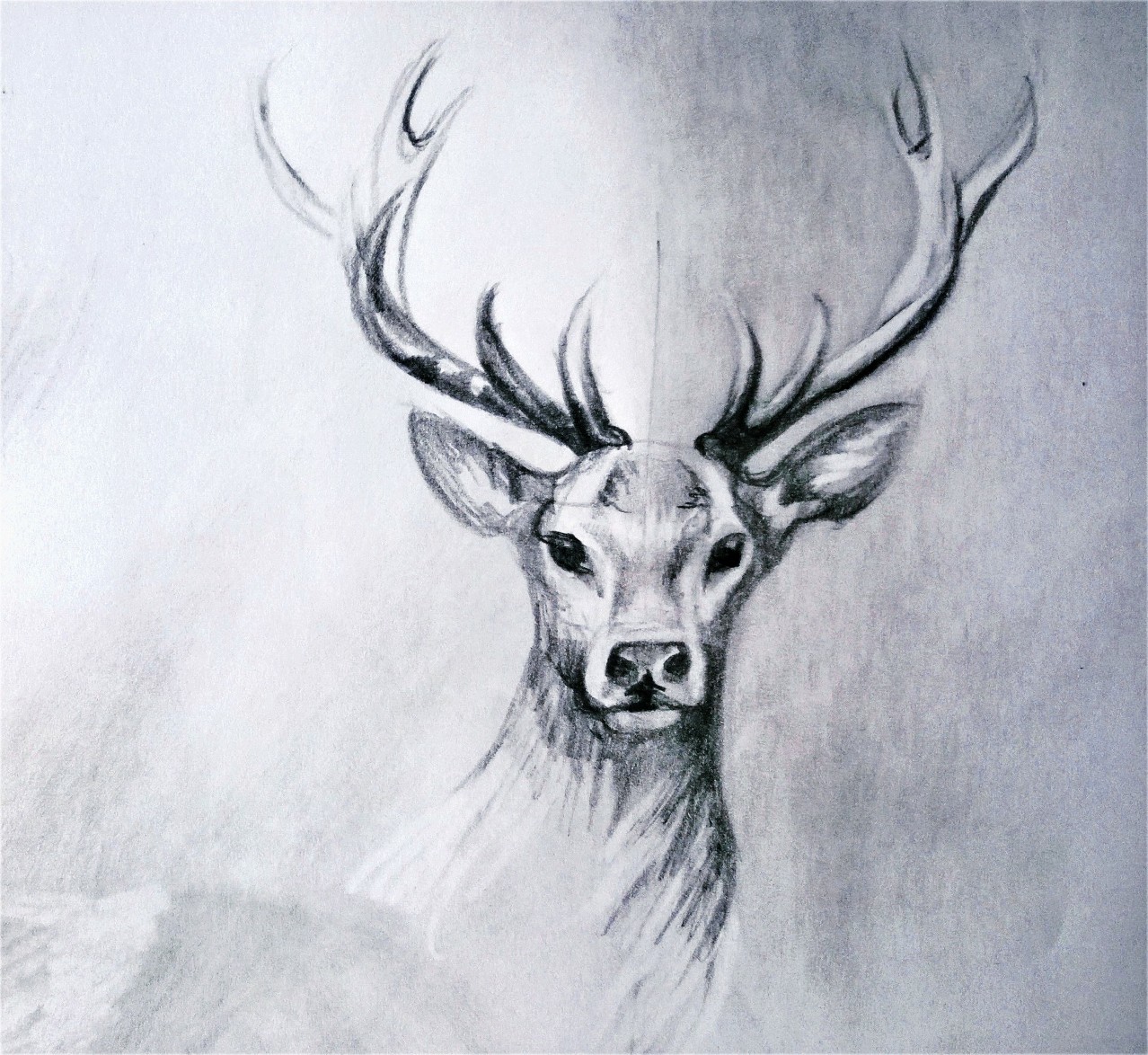
Conclusion
Deer sketches offer a wonderful opportunity to explore the beauty of nature and refine your artistic skills. Whether you are a beginner or an experienced artist, capturing the grace and elegance of deer on paper is a rewarding endeavor. So grab your sketch pad, sharpen your pencils, and immerse yourself in the enchanting world of deer sketching.